The class clickers are an easy-to-use, low-cost teaching tool. It looks like remote control and is usually used with a receiver and interactive feedback software, which can help teachers track students' attendance, improve classroom engagement and quickly assess the students' understanding in real time, create efficient and interactive classrooms and achieve teaching goals.
Student attendance management. At the beginning of a class, students' attendance can be completed with student clickers. and the interactive classroom response system will automatically generate attendance reports in real time, helping teachers quickly check the attendance of the class and individuals. Class clickers eliminate the manual task of taking attendance not only helps greatly save time but also enables students to actively participate in the classroom, and help build self-efficacy skills in students. For students who are often absent from class, teachers can also intervene as early as possible.
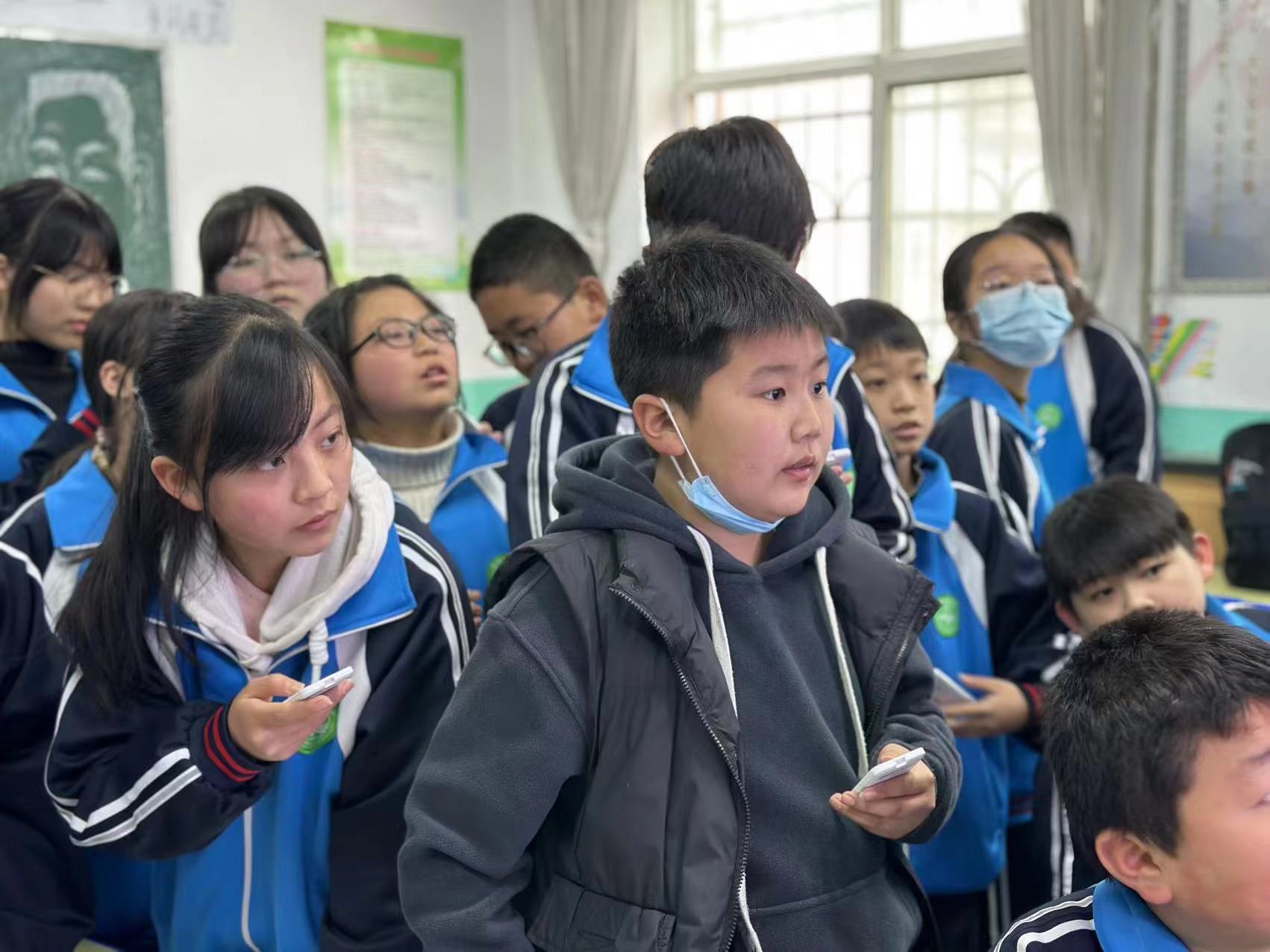
On-the-fly questions. After teaching an important knowledge point, the teachers can use interactive interactive interactive student response system to pose an on-the-fly question, and let students answer with the class clicker. The results and reports are generated by the interactive student response system in real-time, which enables teachers to objectively judge whether students understand and master the knowledge points taught, so as to push the teaching towards the correct way. Teachers can also track and analyze the performance of each student to find common problems in students' learning and use them as classroom discussion and research questions to guide students to communicate, explain and analyze purposefully and pertinently, which helps to inspire students to think independently and stimulate students' resonance.
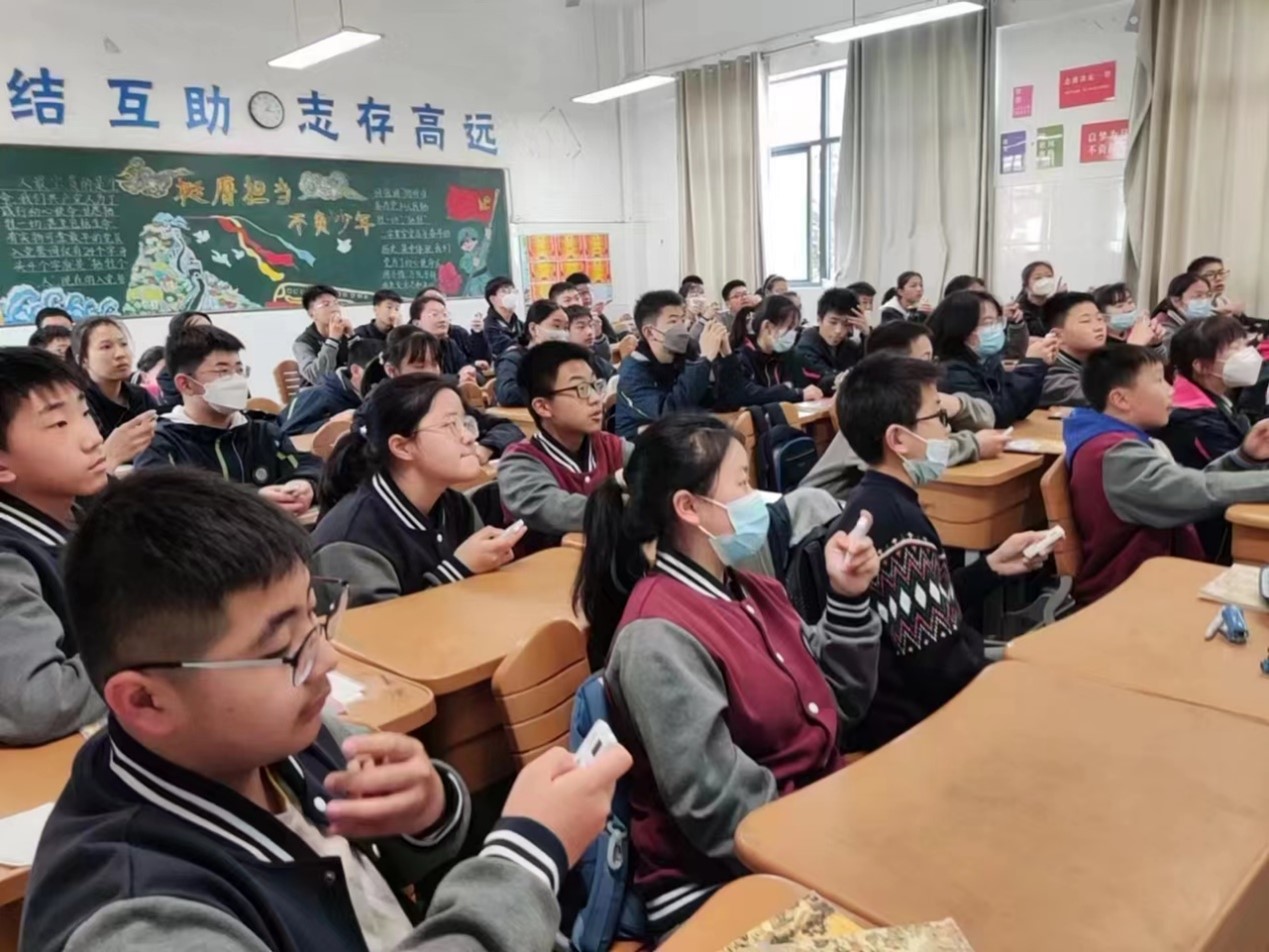
Fun Race or Group Competitions. During the class, it is difficult for students to maintain concentration all the time. At this time, the teacher can randomly pick up a student to answer a question. For the sake of fairness, the teacher can initiate random roll calls at any time by using the interactive classroom response system to attract students, while students use the class clicker to answer questions in class, which helps effectively activate the classroom atmosphere, encourages students to study actively, and mobilizes students' enthusiasm for the class since everyone has the opportunity to participate in class activities. Teachers can also divide the whole class into several groups for fun competitions and set rewards according to the points leaderboard to stimulate students' enthusiasm for learning.
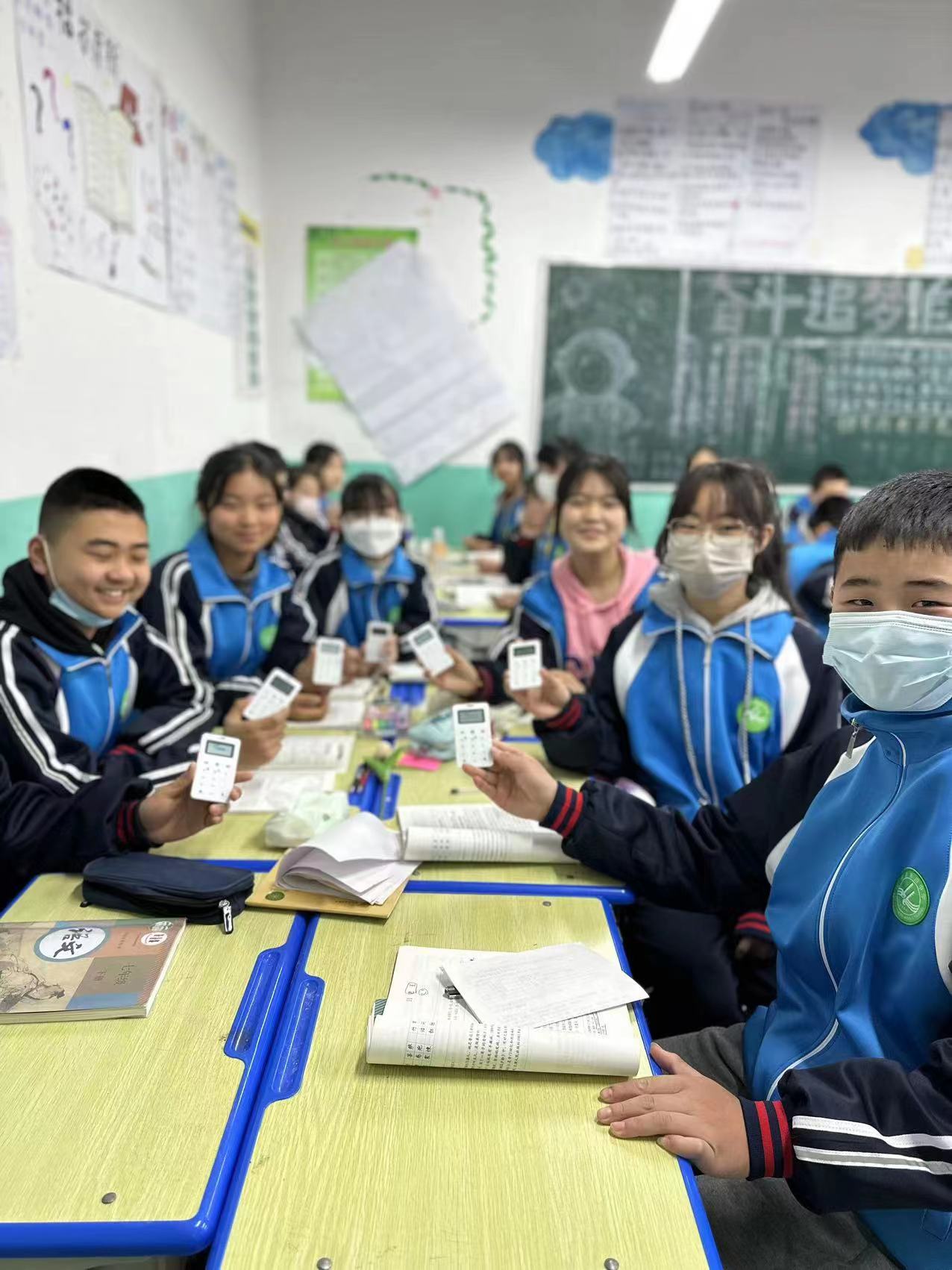
Time-limited exercises. At the end of each class, teachers can set a time-limited quiz or test to assess students' understanding. with SunVote classroom response system. Teachers can get questions started quickly and set a countdown, and require students to use the classroom response clickers to submit answers at their own pace. The big screen in the classroom will immediately display the students' submission progress and response results, including the correct rate of each question, error-prone items, and whether the student's answer is correct or not. etc. so that the teacher can praise the student's strengths, locate the student's difficult and error-prone points and provide personalized guidance to the student to help improve the content retention.
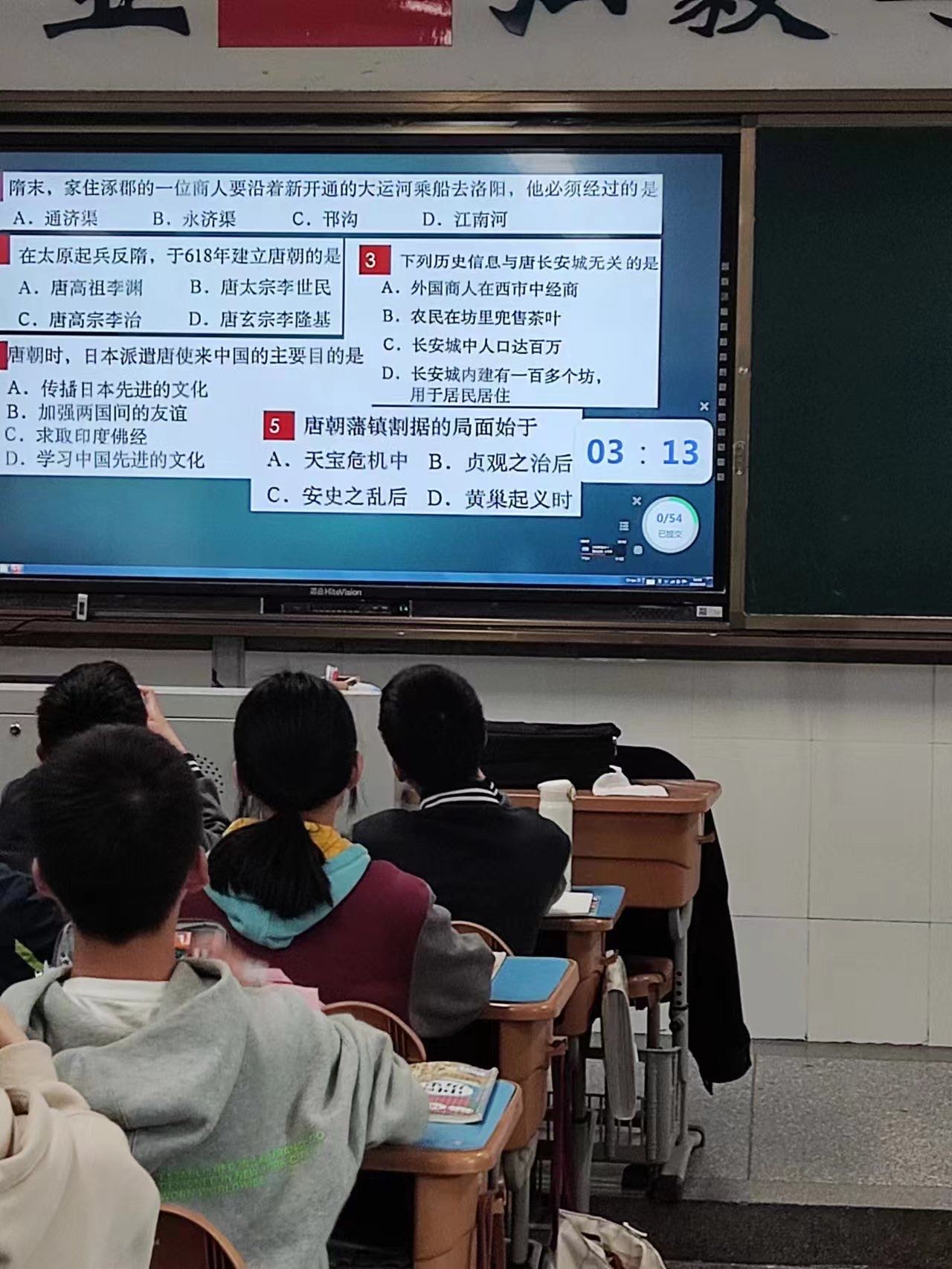
Real-time result and student performance report. The interactive interactive interactive student response system can help to automatically correct objective questions and immediately count student grades and rankings, and also generate multi-dimensional performance analysis reports, which greatly reduces the burden of marking papers. All daily accumulated feedback data can be stored locally or uploaded to the cloud platform, providing data support for follow-up tracking of student progress and improvement of teaching research.
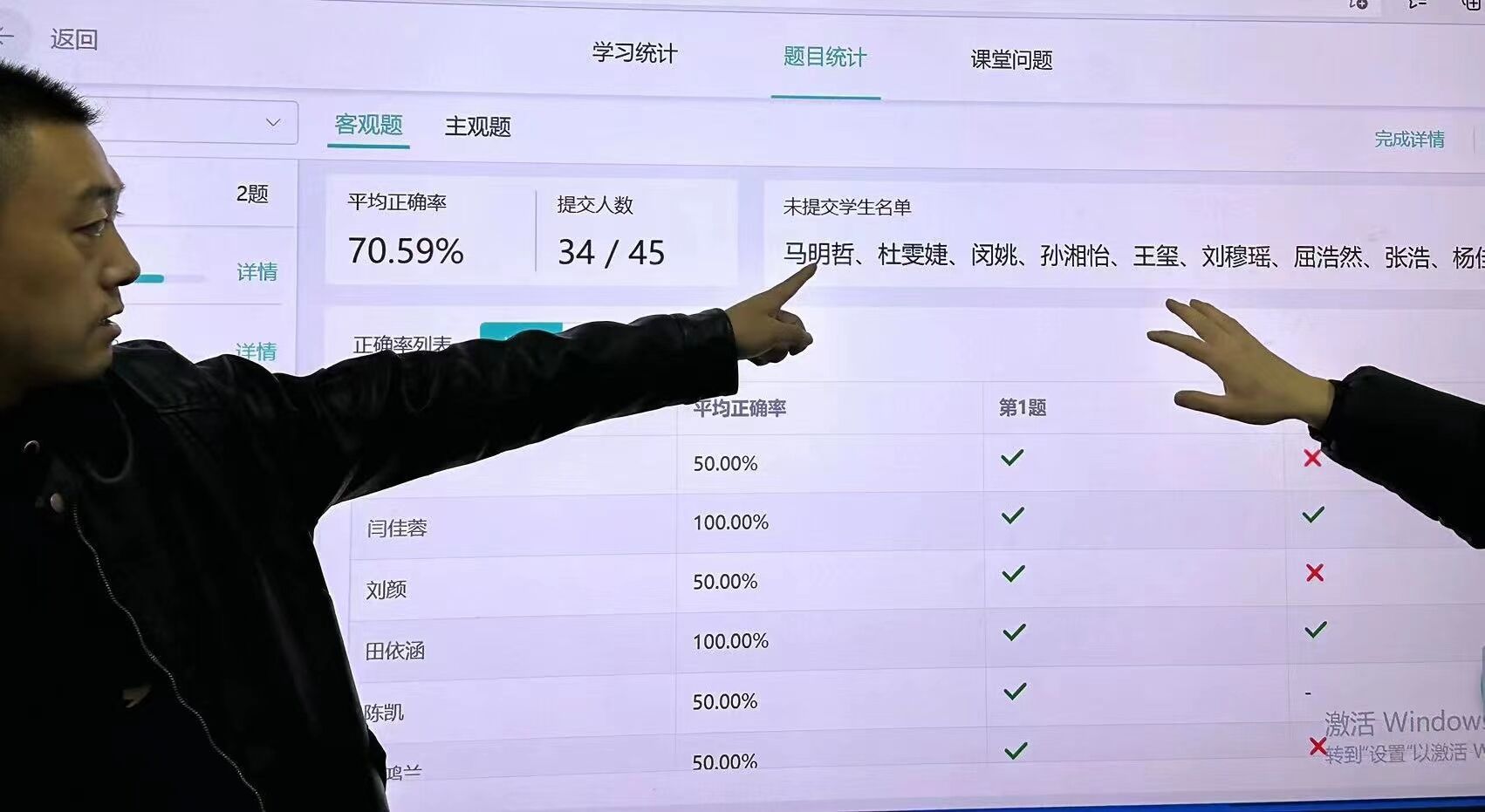
Teaching is the process of teaching and learning, colliding with each other and promoting each other. The student clickers break through the boundaries of the traditional classroom and improve the level of interaction. In addition, it helps build a student-centered and teacher-led teaching model, encourages students to actively participate in the class, helps teachers assess students’ performance in real time, and continuously improve teaching efficiency.


